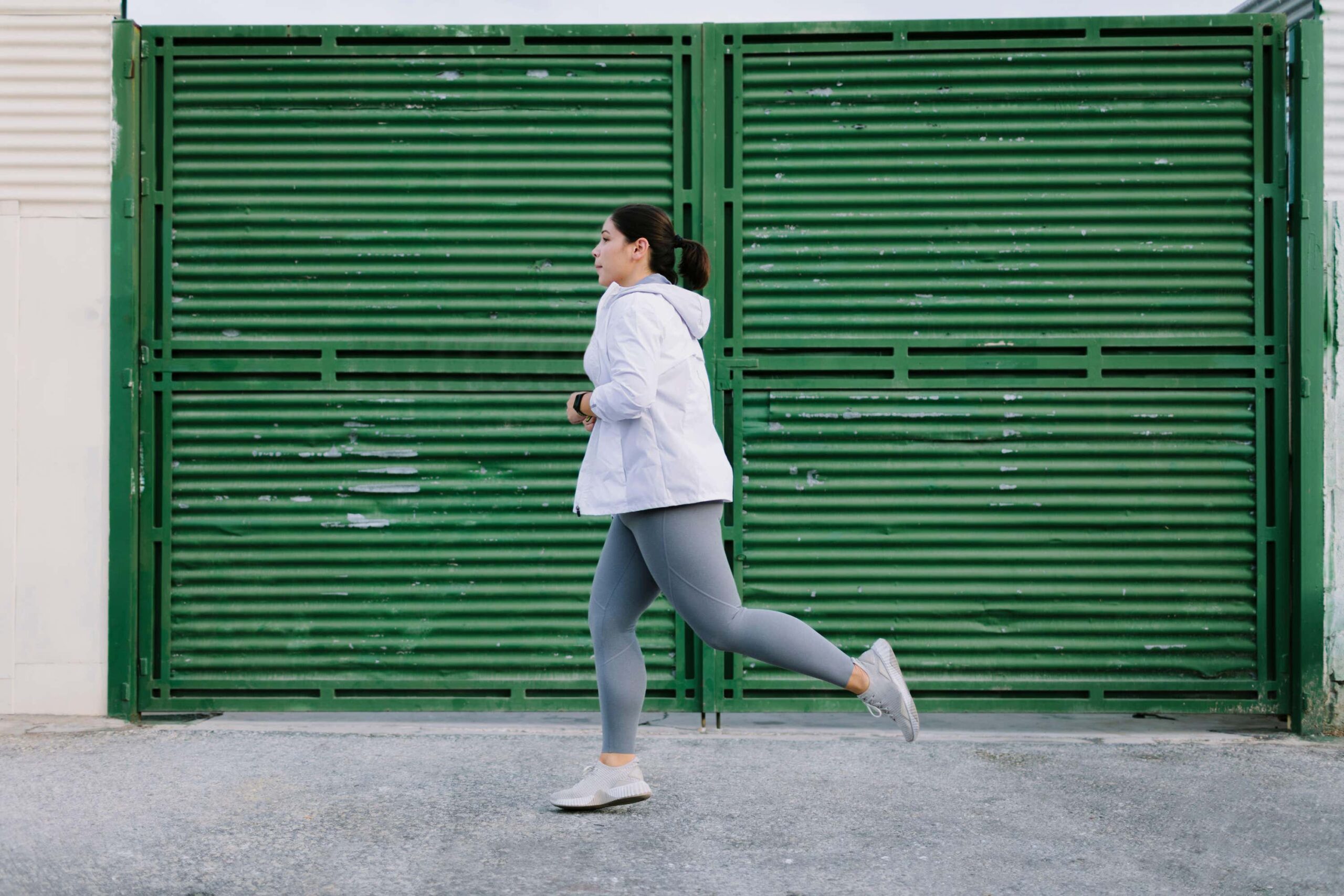For many of us, January is a time for renewed fitness resolutions. Maybe you have exercise goals you want to achieve, or perhaps you want to ease yourself back into working out – whatever it is, you want to do so safely and sustainably.
Running can be a fantastically accessible way to exercise, as you don’t need an expensive gym membership or lots of fancy equipment to do it. You just have to dig out a suitable pair of trainers and a bit of perseverance.

While running is brilliant, however – particularly now we’re on the other side of the winter solstice, and the days are only getting longer from here – it’s definitely something you want to be careful with too, as injuries can happen.
“Running is a very repetitive activity, and so wear and tear will worsen over time if injuries are ignored,” explains Mark Davis, personal trainer at David Lloyd Clubs.
There are many reasons to take up running. As well as the physical benefits, it gives you “a reconnection with the outdoors”, says Davis.
However, it is high-impact – particularly if you’re running on pavements – and in some cases, this could potentially damage your joints, for example.
Looking to do a bit more running in 2022 but keen to avoid injuries? Read on…
What do you need to watch out for when running?
“A common mistake with runners is not considering the long-term effects of poor form and lack of mobility and strength,” explains Davis.
“If you don’t prioritise running safely it will catch up with you in the long run, and could cause issues such as severe tendonitis and plantar fasciitis, which will affect your everyday life.”

How can you reduce the impact on your joints?
For Davis, there are two big things to think about when running safely. “Firstly, focus on landing on the ball of the foot instead of the heel,” he says – because “landing heel-first stops the body’s shock absorbers”.
“Secondly, many new runners have too wide of a stride – if the foot lands too far out from the body during the landing, the impact is taken throughout the legs. Aim for the foot to land under the hips to reduce the impact on the joints.”
It might go without saying, but it’s also really important that you wear suitable footwear.
Ill-fitting, worn-out trainers, or ones which simply aren’t the right design for your needs, can contribute to painful runs and injuries. If you’re unsure, go into a specialist running shop and ask for advice.
What do different age groups need to think about?
All runners risk tendonitis, torn ligaments and worn-down cartilage. But, as Davis explains, “as we age, our body produces less hormones and blood-flow reduces, which in turn lengthens the recovery process” – so older joggers need to exercise a bit more care.

“I would suggest all ages prioritise good form, effective warm-ups and cool-downs, and follow a progressive training plan instead of going all-in as a newbie,” Davis adds.
What should you do if your run hurts?
Pushing through the pain isn’t going to do you any favours. So listen to your body. “If you’re in pain while running, it is your body telling you something isn’t right,” says Davis. “Injuries should always be addressed.”
In these situations, he recommends taking a break from running, so you can start “solving the cause of the problem, whether that is strengthening certain muscles or working on mobility”.
You may need to check in with a physiotherapist or doctor if it’s really problematic or not improving.
Plus, Davis often suggests clients with running injuries try swimming, as they can “still benefit from endurance training and breathing techniques while keeping the exercise low-impact”.





